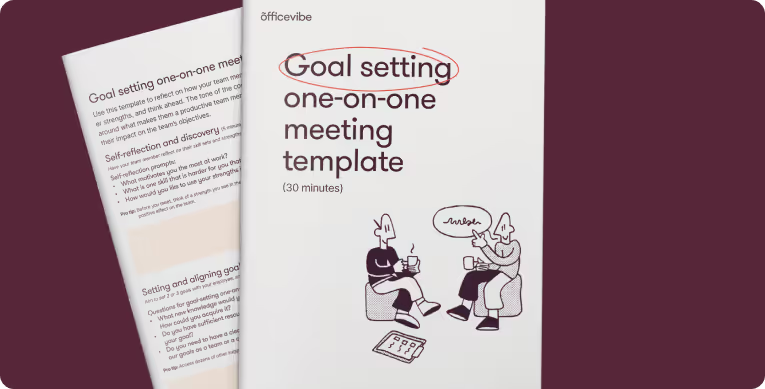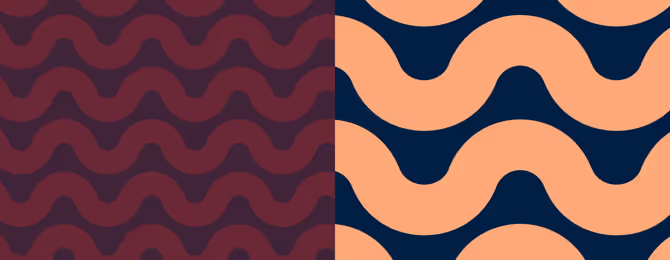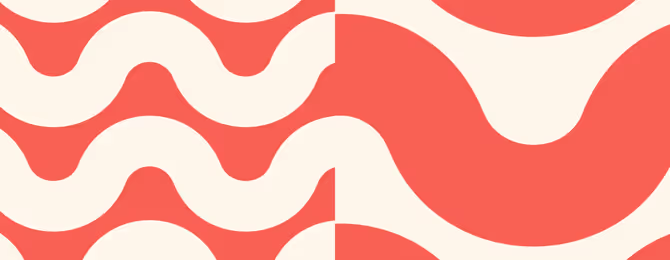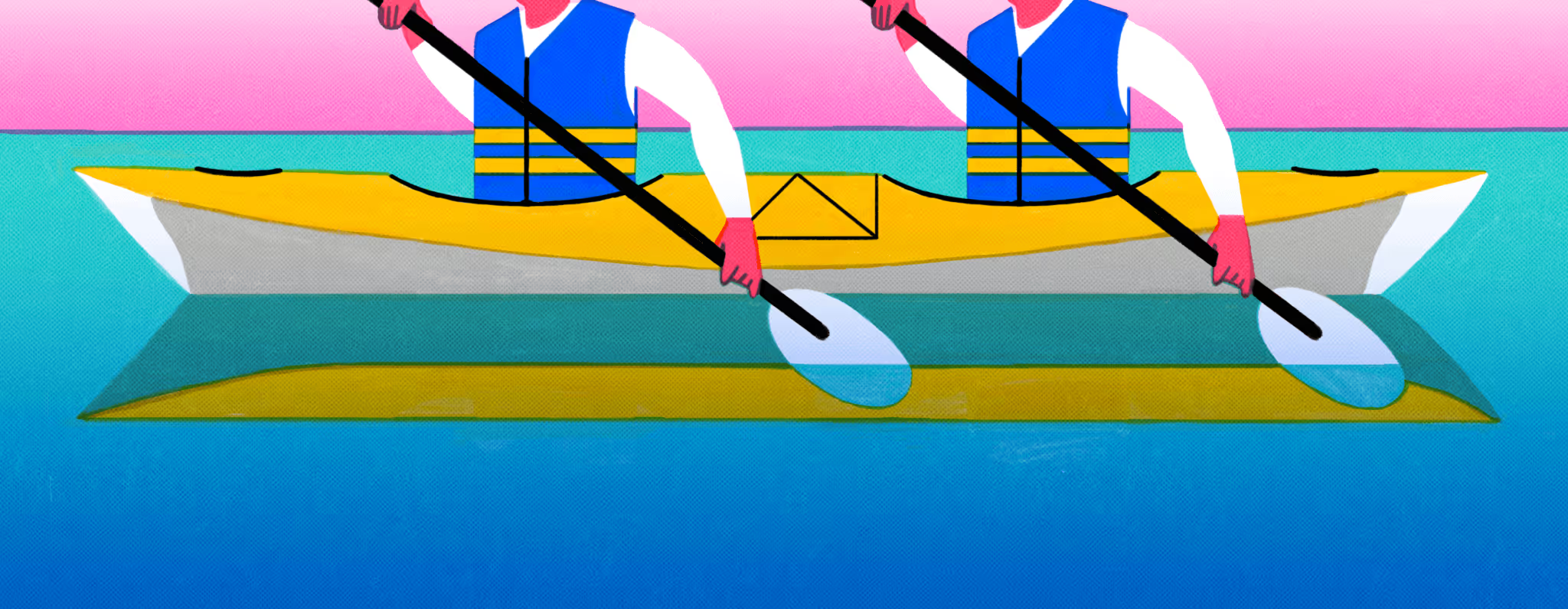Winning one-on-one meeting templates: Free agendas to cover almost any manager-employee scenario

%20(1).png)
One-on-one meetings keep you connected with your people and give you a pulse on the work your team is generating. But maintaining streamlined and efficient processes can be difficult, particularly when having crucial discussions with several direct reports on a weekly or monthly basis.
With an agenda for each meeting, you cover the right talking points, follow up on action items, and create continuity from one conversation to the next. It goes without saying, the right one-on-one meeting template will help make every conversation focused and productive.
Next time you have a one-on-one meeting with a team member, make use of our meeting agenda templates, which cover more than 15 different one-on-one scenarios. These are designed to help you and your team member gain a clear and shared understanding of the next steps to take.
What is the purpose of a one-on-one meeting?
The practical purposes of one-on-one meetings include everything from getting status updates on employees’ priorities and deliverables to removing blockers and planning what’s coming up. But they can also be a moment to tackle difficult conversations, exchange feedback, discuss a direct report's career goals, and much more.
Having regular one-on-one meetings provides many benefits and helps managers:
- See the bigger picture
- Detect and prevent potential conflict
- Manage up with senior managers more effectively
- Acknowledge accomplishments
- Support employee career development
- Make conversations on performance management a positive experience
Ultimately, the purpose of one-on-one meetings is to maintain ongoing communication with each member of your team. Better one-on-one conversations with your direct reports can help drive employee engagement, career development, and team alignment. This can be done well with the right human touch, even if happening over video calls instead of in a conference room.
Having a one-on-one agenda helps you plan, think out discussion points in advance, and not miss any pressing issues, making one-on-one conversations flow. Coming to a meeting prepared shows your employees you care and builds trust and rapport.
What should you discuss in a one-on-one conversation?
During a one-on-one meeting, it is important to remember that the meeting is primarily for the employee's benefit, rather than the manager's. While managers may guide and contribute to topics discussed, the focus should be on the employee's goals and needs. These meetings can cover a wide range of topics, from task management to personal life and job satisfaction, and should be used to build rapport and achieve mutual goals.
Whether you’re following up on an action item you set in your last meeting, preparing for performance reviews, or giving constructive feedback to your direct reports, a clear plan and agenda can help to make the conversation more efficient. Plus, allowing the employee to contribute to the agenda can boost their engagement and participation in the meeting.
{emphasize}
A shared meeting agenda, where managers and employees can collaborate on talking points throughout the week, ensures everyone is on the same page before the meeting. A one-on-one software like Officevibe provides you with customizable meeting templates that help you do just that.
{emphasize}
Ultimately, however you choose to go about your one-on-ones, preparing ahead of time offers an opportunity for everyone to have a more productive and smooth conversation during their one-on-one meeting.
One-on-one meeting agenda templates
One-on-one meetings are how you stay connected with each direct report and build alignment across your team. No matter how the context changes week to week, having a meeting agenda template to structure the conversation helps you cover the most important topics, guides you through the meeting, and sets action items that lead to tangible outcomes.
Setting yourself up with a one-on-one meeting agenda template can save you a lot of time in the long run. The same idea applies to team meetings, too.
Classic one-on-one meeting template
When you meet regularly, as you should with one-on-ones, it may be challenging to know what to discuss. However, the great thing about weekly or bi-weekly meetings is how just a few questions can drive great conversations, based on the past week and week ahead, and help set top priorities. We’ve compiled these questions and created a classic one-on-one meeting template with talking points to bring up during your meeting, which is great for weekly, monthly, and even remote one-on-one meetings.
Regular one-on-ones are a time for leaders and their team members to have a meaningful touchpoint. This 30-minute, short version of “the classic” is designed for leaders short on time who want to discuss the most critical topics while taking a pulse and making sure their direct reports are on the right track.

1. Informal check-in (5 minutes)
This meeting might be a monthly or a more frequent touchpoint to talk about the day-to-day work. Start the conversation off with a warm tone. Especially when you’re working remotely, it’s important to check in and maintain connections with employees while also not derailing the agenda. Ask your direct report what they got up to over the weekend, or what they’re most looking forward to in the next month.
2. Recent work recap (10 minutes)
These segments are also referred to as status updates. Let your team members lead the discussion and aim to keep this part positive. Find opportunities to give words of recognition and express that you appreciate their hard work, as it's important that employees feel valued.
{emphasize}
Talking point prompts:
- Can you share a recent example of a work situation in which you thrived? What were the key components that led to your success?
- Describe a recent work situation where you felt you were at your best professionally.
- What skills or actions enabled you to obtain your goal?
{emphasize}
3. Upcoming work preparation (10 minutes)
Look ahead together and mitigate any risks or blockers to your team member’s success in their upcoming work. With the context of their recent accomplishments still top of mind, you can also give feedback that applies to what they’ll be working on next.
{emphasize}
Talking point prompts:
- As things stand, do you think the team will be able to achieve our goal? Why?
- In your opinion, is your workload reasonable? If it isn’t, can you suggest solutions that we could implement together to address the problem?
- What is your understanding of what is expected of you and your work in our current remote work context?
{emphasize}
4. Wrap-up and set action items (10 minutes)
Highlight the key takeaways of your discussion and set 2 or 3 action items together.
{emphasize}
Talking point prompts:
- What are the main points you got out of our conversation?
- Is there anything we haven’t covered that you’d like to discuss?
{emphasize}
{emphasize}
⌛ Pro-tip: If you don’t have enough free time for weekly or bi-weekly one-on-ones in your schedule, a good practice is to schedule a meeting every month with each employee. Monthly one-on-ones help busy managers retain the good habit of having regular touchpoints while also providing a great opportunity to look back at how the past weeks have been. Use the long version of the classic template to structure and guide your monthly one-on-one meetings.
{emphasize}
Goal setting one-on-one meeting template
One-on-one meetings are an opportune time to set professional goals for career development. Both managers and direct reports know that individual professional goals are part of the success of the entire organization. The one-on-one "goal-setting" meeting template has questions to guide a conversation that will get every employee thinking about a goal they want to achieve. It's ideal for:
- Quarterly individual and team performance reviews
- OKR goal-setting meetings
- Career development touchpoints
- Role transition plans

1. Employee self-reflection (before your one-on-one meeting)
Have your direct report reflect ahead on their skill sets and strengths, and how they might leverage these in their work.
{emphasize}
Self-reflection prompts:
- What motivates you the most at work?
- What is one skill that is harder for you that you could work on?
- How would you like to use your strengths in the future?
{emphasize}
2. Setting individual employee goals (during your one-on-one meeting)
Aim to set 2 or 3 goals with your employee and balance performance goals with development goals. Beyond setting employee goals, be sure to discuss how your team member can achieve them, and what support they’ll need.
{emphasize}
Talking point prompts:
- What new knowledge would you need to obtain to achieve your goal more easily? How could you acquire it?
- Do you have sufficient resources (IT, human, budgetary, material or others) to pursue your goal?
- Do you need to have a clearer picture of how your individual goals allow us to attain our goals as a team or a company?
{emphasize}
3. Establish smaller action items (wrapping up your one-on-one meeting)
How can you and your employee make strides toward accomplishing these long-term goals? How can you equip them to succeed? Set a few smaller action items together, and add them as talking points in your next one-on-one meeting agenda.
{emphasize}
Officevibe's one-on-one software helps you follow up on every action item with meeting notes that carry over from week to week.
{emphasize}
Difficult conversation one-on-one meeting template
Not all one-on-one meetings are routine, where you set priorities, give constructive feedback, and celebrate wins. Sometimes, one-on-ones are called to address a specific team member’s actions or attitudes and should be handled differently.
Our one-on-one "difficult conversation" meeting template includes extra guidance on preparing for a difficult or sensitive conversation with an employee. It has talking points with a few tips to structure the conversation to ensure a well-rounded discussion and positive outcome. This one's best for conversations around:
- Poor or underperformance
- Disengagement
- Problematic behavior or attitude
- Conflicts between team members

1. Establish the objective (5 minutes)
Give visibility on what you’d like to discuss by setting talking points ahead, and start the difficult conversation with the employee by establishing a common objective. Do you want to give feedback, understand your team member’s perspectives, or plan a solution to a problem? State your intentions clearly and give the employee a chance to do the same.
2. State the issue and its implications (5 minutes)
Get straight to the point and focus on the facts when you’re having a one-on-one with a difficult employee. What is the issue, what is its impact, and what are the potential consequences? Whether you’re addressing problematic employee behavior or giving negative feedback, remember you can be both clear and compassionate at the same time.
Giving any kind of feedback to employees can be challenging, but it is a necessary part of being a manager. When delivered effectively, negative feedback can be constructive and help employees grow and improve their performance. However, if done poorly, it can have a demotivating effect on employees.
To provide constructive feedback without demotivating employees, it's important to be specific, use an encouraging tone, focus on behavior and not personality, and provide actionable steps for improvement. It is also important to give enough feedback so that direct reports have a clear understanding of the big picture.
3. Listen to what the employee has to say (10 minutes)
Allow time for your direct report to express themselves, ask a question, or share their plan for moving forward. You can ask open-ended questions to encourage them to share their perspective and reflect on the situation.
{emphasize}
One-on-one meeting questions to ask your employee:
- Why is it important to resolve this situation?
- What’s at stake if we don’t resolve it?
- How could you do things differently?
{emphasize}
4. Check in and set action items (10 minutes)
Especially when you’re addressing more sensitive issues, you want to take the time to check in and establish the next steps at the end of your conversation. Ask your employee how they’re feeling and what they’re taking from the discussion. Set your top priorities so you’re both clear on expectations as you advance.
Additional one-on-one meeting templates for different scenarios
Understanding the nuances between the different types of meeting agendas, it's clear to see how different scenarios call for different types of preparation. Here are additional examples of specific one-on-one meeting scenarios and their templates:
- First one-on-one meeting: This is a meeting between a manager and a new employee. This meeting is an opportunity for managers to get to know their direct reports, set expectations, and build rapport. The discussion may include topics such as the employee's background, work history, and goals, as well as their thoughts on the company's compensation philosophy, culture, and role within the team.
- Year-end retrospective: This meeting is an annual review typically held at the end of the year and is an opportunity to look back on an individual team member's or the team's achievements and challenges over the past 12 months. The discussion may include reviewing goals set at the beginning of the year, analyzing what went well and what didn't, and identifying opportunities for improvement in the future.
- Building trust with your team: Trust is a crucial element in any successful team, and this meeting focuses on strengthening that bond between a manager and their employees. The discussion may include ways to foster open communication, establish clear expectations, and create a culture of respect and accountability.
- Psychological safety discussion: This meeting is focused on creating a safe and inclusive workplace where employees feel comfortable sharing their thoughts and ideas without fear of retribution. The discussion may include topics such as the importance of psychological safety, identifying potential barriers to it, and strategies for improving it within the team.
- Signs of stress discussion: This meeting is focused on recognizing and addressing signs of stress in the workplace. The discussion may include identifying common stressors, discussing the impact of stress on employee well-being and performance, addressing the past week's difficulties, and brainstorming strategies to mitigate stress and create a healthier work environment.
- Team spirit chat: This meeting is designed to assess and improve team culture and morale, and to foster positive and collaborative team dynamics. The discussion may include topics such as team-building activities, recognizing and celebrating team successes, identifying and addressing team challenges, and brainstorming ideas to improve team culture and cohesion.
{emphasize}
Officevibe has over 45 one-on-one meeting templates made by our experts to help. Use them to guide your next conversation to build confidence as a leader and better rapport with your employee.
{emphasize}
One-on-one meeting questions for managers and direct reports
One-on-one meetings are an essential tool for building relationships, developing career paths, fostering communication, and improving team culture. To make the most of these meetings, it's important to come prepared with relevant questions that help facilitate constructive discussions. Here are some questions managers and employees can ask each other during one-on-one meetings:
For managers:
- What can I do to better support you in your role?
- What are your career goals and how can I help you achieve them?
- How do you prefer to receive feedback?
- What projects are you most excited about right now?
- What challenges are you facing in your work, and how can we work together to overcome them?
- Is there anything you'd like me to do differently as your manager?
- What resources or support do you need to succeed in your job?
- Is there anything you'd like to see me do differently as a manager?
For employees:
- What are your expectations for me as your employee?
- How can we better align my role with my career goals?
- Where do you see my role evolving?
- What skills do you think I need to develop to advance in my role?
- When’s the best time to get feedback on [project name]?
- What do you think of my contribution to team meetings?
- How can I better support you?
- What do you think should be my priorities for the next quarter?
Such questions help all parties involved gain a better understanding of each other's perspectives, identify areas for mutual improvement, and build stronger relationships.
{emphasize}
For more inspiration, take a peek at our 50 useful one-on-one meeting questions. You won't run out of things to say!
{emphasize}
Empower and improve one-on-one meetings with Officevibe
Officevibe's one-on-one meeting tool helps you have better conversations with your employees. Whether it’s your first meeting with a new employee, or a goal-setting session for the upcoming quarter, having your own templates on hand will bring confidence to any meeting scenario.
The best managers come prepared and ready. Show up equipped for your next meeting — keep track of meeting outcomes with one-on-one agenda templates, wrap-up notes, and action item features, all of which are always accessible to managers and the direct reports involved. And remember: the same principles can apply to team meetings, too!
One-on-one meeting template FAQ
What is a one-on-one meeting template?
A one-on-one meeting template is a pre-designed outline or structure that managers can use to guide conversations during one-on-one meetings with their employees. The template usually includes a list of topics and questions that helps managers and team members stay focused and productive during the meeting.
How often should managers schedule one-on-one meetings?
Managers should schedule one-on-one meetings regularly, ideally every week or every two weeks. The frequency of the meetings may depend on factors such as team size, employee needs, and workload.
How do you schedule one-on-one meetings?
To schedule a one-on-one meeting, managers should send a calendar invite to the employee with the date, time, and location of the meeting. The invite should also include a brief description of the meeting's purpose and an agenda outlining the topics that will be discussed.
What should you include in your one-on-one meeting agenda?
A one-on-one meeting agenda should include various topics related to the employee's work, such as progress updates, goal setting, feedback, and concerns. It's important to include a mix of tactical and strategic items in the agenda to ensure that both short-term and long-term goals are being addressed.
Additionally, it's essential to leave room for open discussions and any topics that either party wishes to bring up during the meeting.
%20(1).png)

%20(1).avif)


.avif)
.avif)








